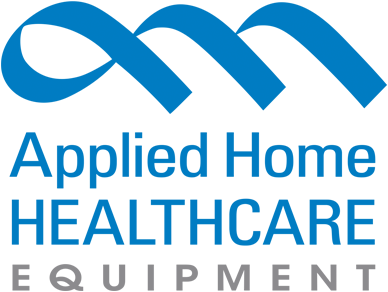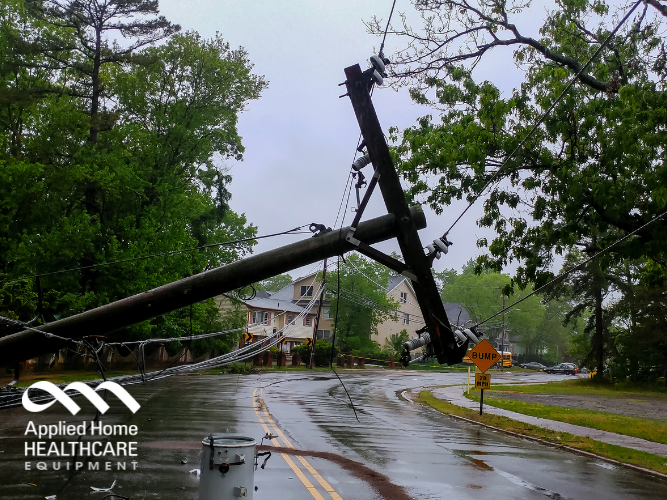PRODUCT CATEGORIES
CLASSES/REGISTRATION
WHAT'S YOUR ROLE?
Latest News
Category: Natural Disaster
Cylinder Handling After a Natural Disaster
The Category 4 storm that made landfall into Louisiana Sunday afternoon is a reminder of the damage and destruction that natural disasters like hurricanes can cause our communities. Ida’s force led to catastrophic damage from its wind, rain and powerful storm surge. Life threatening storms like Ida can result in exposing a cylinder to a variety of hazardous conditions. These conditions can include floodwater submersion, impact from debris, exposure to foreign contaminants like mud, sewage, and oil or grease; damage from falling, etc. The Compressed Gas Association released a safety alert that recommends the best practices for handling cylinders that have been exposed to a natural disaster like a hurricane, tornado, fire, earthquake, flooding, etc. According to CGA (Compressed Gas Association), if cylinders have been exposed to adverse conditions, you should contact emergency responders or the cylinder supplier for further instruction. Cylinders with obvious significant damage or that are leaking should only be addressed by emergency responders with HAZMAT training or the cylinder supplier. Contact information for the cylinder supplier is listed on the label as shown in Figure 1a. If a label is not present, the cylinder neckring shown in Figure 2 can be used to identify the cylinder
Subscribe to our Email List
Get the latest regulatory info, accreditation news and exclusive discounts!
 View Cart []
View Cart []

